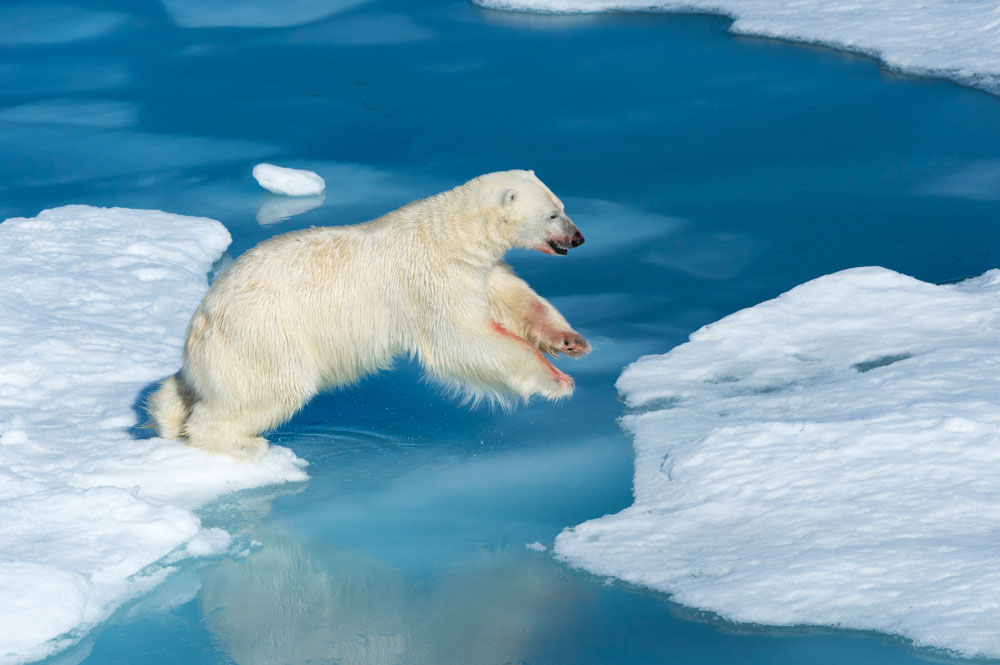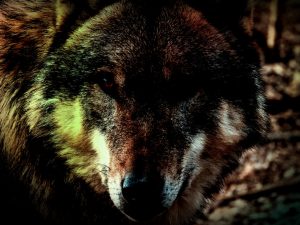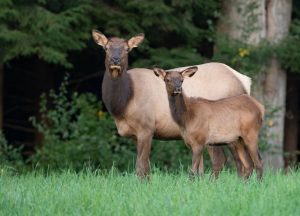Well, at least one, anyways.
According to reports from Alaska’s Division of Environmental Health, a dead polar bear was recovered and brought in for testing last fall. As of December’s test results, the cause of death was confirmed to have been brought on by a strain of avian flu.
“This is the first polar bear case reported, for anywhere,” state veterinarian Dr. Robert Gerlach told the Alaska Beacon. Authorities believe the bear ingested an infected bird, either dead or alive, and contracted the virus.
While this is the first confirmed case in polar bears, according to the Division of Environmental Health’s 2023 report, avian flu was determined to have caused the death of a few red foxes, one black bear and one brown bear.
Polar bears tend to feast primarily on seals, but global warming (and probably inflation) has caused a decline in the populations of their preferred snack. In light of this, polar bears are turning to alternative food sources where and when necessary and in some cases, that includes birds.
It remains unclear as to how much polar bear populations are relying on birds as part of a balanced diet, but experts believe that avian aliment has always been present in some level of their diets.
Considering the size and location of the animals, preventive measures such as vaccines or other treatments are not an option (sorry, Pfizer). For the time being, biologists are keeping an eye on sea ice breakups and other environmental factors.
These, among other things, have a negative effect on seal populations and hence, force polar bears to search for alternative food sources. If left unchecked, these negative effects could lead to catastrophic consequences for our big, white bears of the north.




